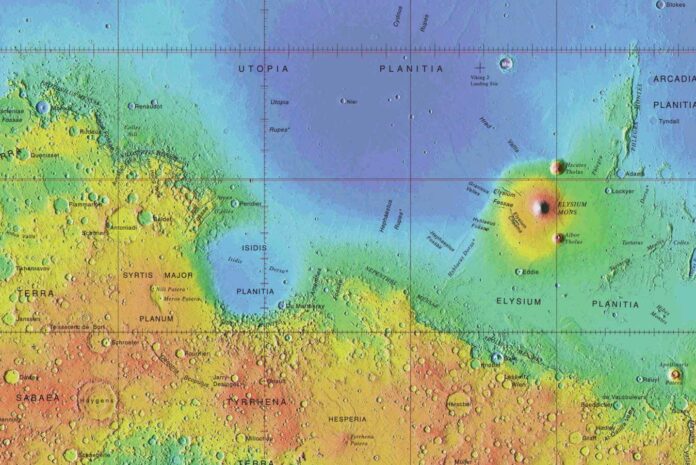
Plaster casts of people who died in Pompeii. DNA tests show the adult on the right was a male unrelated to the small child on his lap.
Archeological Park of Pompei
Pompeii’s plaster cast human figures aren’t who they were assumed to be, genetic tests have revealed, highlighting the way idealised stories can be projected onto archaeological evidence.
The analysis also reveals that the demography of Pompeii was also far more complicated and diverse than previously thought.
When Vesuvius erupted in AD 79, it buried several Roman towns, including Pompeii. Many of Pompeii’s residents were completely smothered in compacted ash during the eruption and, as their bodies decayed, cavities formed that perfectly preserved their positions in their final moments.
In the 19th century, archaeologists developed a method of pouring plaster into the cavities to make life-like casts. Since then, more than 100 of these casts have been made, preserving the victims’ shapes along with any remaining bones that hadn’t decayed over the centuries.
However, it has long been known that many of the plaster casts were manipulated into different poses and sometimes placed together to add to the drama of the Pompeii story, says Valeria Amoretti at the Archaeological Park of Pompeii in Naples, Italy.
To learn more about who these people were, Amoretti and her colleagues examined 14 of the plaster casts and extracted DNA from bones in five of them.
What they found has completely altered the established interpretations of who they were. An adult wearing a golden bracelet with a child on their lap was long believed to be the child’s mother. The DNA analysis shows they are actually an adult male who is biologically unrelated to the child. A nearby figure, formerly interpreted as being the father, was also unrelated to the supposed mother and child.
Another pair, who were thought to be sisters or a mother and daughter who died in an embrace, included at least one genetic male and were also unlikely to have been related.
The genetic analysis further revealed that the people of Pompeii had diverse ancestry, with components related to modern eastern Mediterranean, Levantine and North African Jewish populations.
Amoretti says it is no surprise that the Roman world was multicultural, and that the Mediterranean and its ports united people.
“But it is extremely interesting to discover the extent of this melting pot, even in an average provincial town like Pompeii, and to have scientific proof of it from ancient DNA,” she says.
Alissa Mittnik at Harvard University says the study highlights the importance of applying science before interpreting archaeology at face value.
“Ultimately, it reminds us that the most intuitive, dramatic or sensational explanations do not always hold true, encouraging us to stay aware of and question our preconceived notions,” she says.
Topics:





